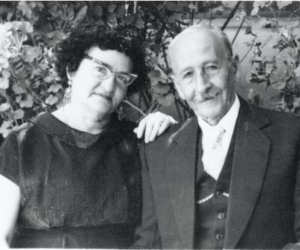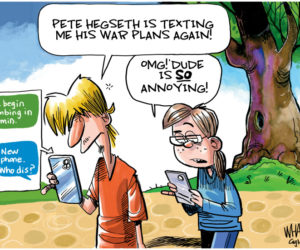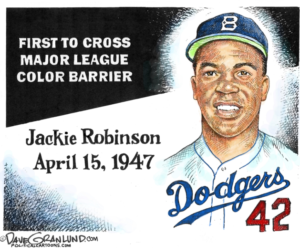Sir Arthur Conan Doyle brought forensic science to popular culture with the creation of Sherlock Holmes in the late 1800s. Erle Stanley Gardner would add to the canon by creating Perry Mason, the defense attorney made famous by Raymond Burr in the late days of the golden age of television.
The invention of photography was a boon to the burgeoning field of forensic science, first being used to record a crime scene in 1864. Alphonse Bertillon, a French policeman, is considered the father of forensic science and was “one of the first to systematize the use of photography at crime scenes in France.”
Thus the actions of investigators in Wrightsville, Arkansas, almost 100 years later appear highly suspect.
On 05 March 1959, 21 Black boys were burned to death in a dormitory fire at the Negro Boys Industrial School in Wrightsville, located about 15 miles from Little Rock, the state capitol.
A total of 69 Black boys, aged 13 to 17, had been locked in their room overnight from the outside. A mysterious fire began at 4 am, “forcing the boys to fight and claw their way out of the burning building.”
The morning after the fire, men “were dismantling this whole scene with hoses, rakes and shovels,” according to author Frank Lawrence.
The School was a segregated juvenile correctional facility and work farm for black youth, founded in 1923. The dorm had been built in 1936.
Known for gnawing at complex questions like a terrier with a bone. Digital evangelist, writer, teacher. Transplanted Southerner; teach newbies to ride motorcycles. @kegill (Twitter and Mastodon.social); wiredpen.com
















